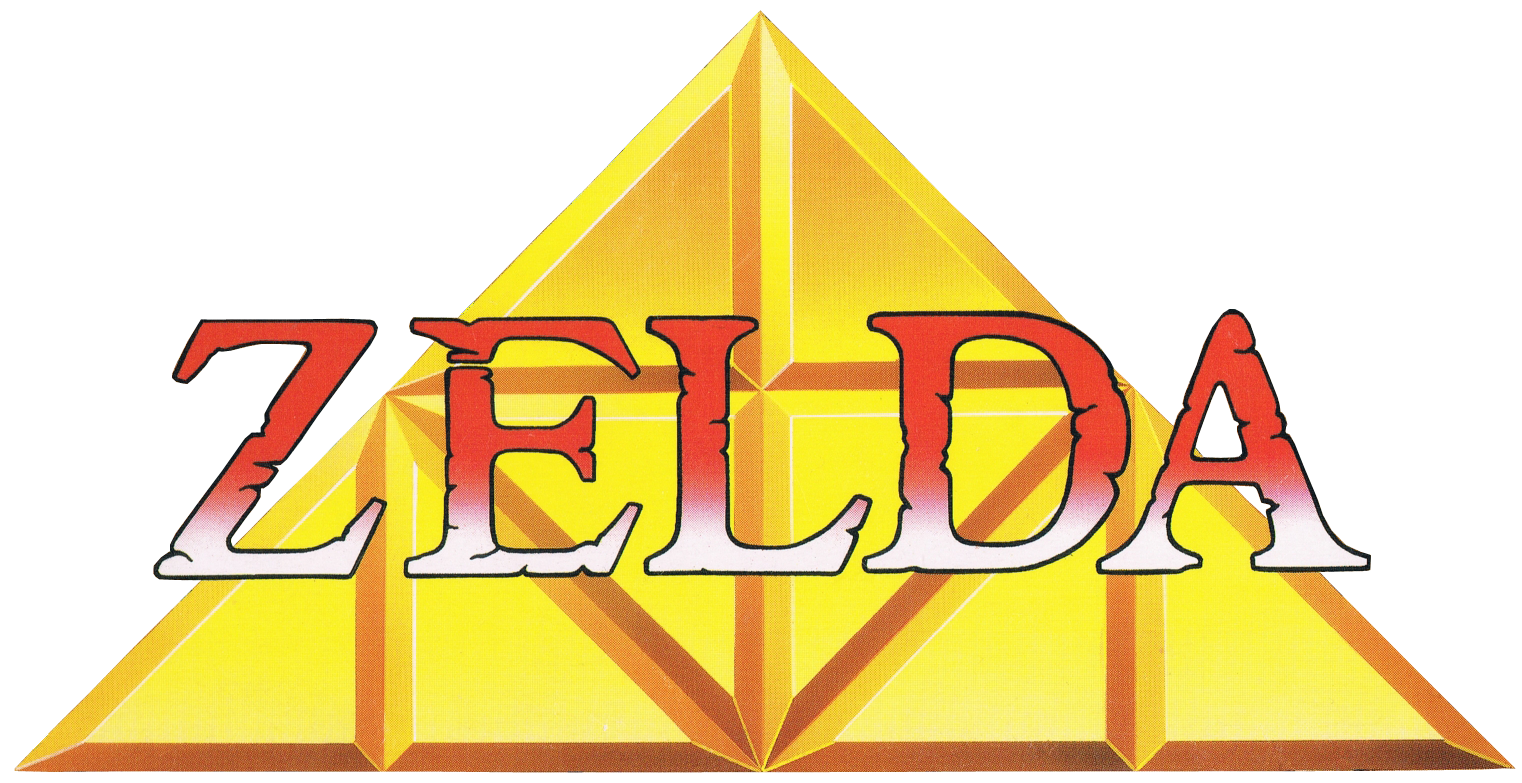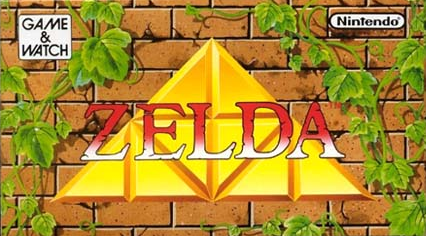
Over time, I’ve built up a modest retro game and device collection, and it’s high time I started to document these items here on my website. After all, what’s the point in having a collection unless you share it with others?
A while ago I picked four items and posted a poll on Mastodon to see what I should write about first.
There was a clear winner which seemed to pique people’s interest: The Legend of Zelda Game & Watch, and it’s one of my favourites too.
If you’ve not come across Nintendo’s Game & Watch (G&W) series, there’s a great introduction here (until I get around to writing one of my own).

Some games in the series were more popular and well known than others at the time, but that doesn’t mean there weren’t some classics which perhaps didn’t get the notoriety they deserved.
What made the G&W games so clever and addictive was the sheer amount of gameplay the designers managed to extract from a humble LCD display.
The Legend of Zelda is one such example, which was not only the last multi-screen G&W to be released, but came several months after the release of the Game Boy. So, unless you were a massive Zelda fan you’d probably have invested your money in Nintendo’s new portable games console instead, even though it would be many years before the Game Boy saw its own Zelda game.
As a kid, I was on team Game Boy, but one of my friends owned the G&W version of Zelda, and I spent many hours playing it. As an adult, I’m fortunate enough to own one of my own and I can confirm its underrated status in the G&W line-up.
Design

The G&W version came out around the same time as Zelda II: The Adventure of Link which is evident from the side-on view of the game, which was – and still is – a departure from the other Zelda games of the 8-bit and 16-bit eras.
It’s also the last release in Nintendo’s “Vertical Multi Screen” series, containing two screens for the action, a design later paid tribute to by the Nintendo DS.
The device is coloured green to match Link’s tunic, and the front depicts a lovely bit of artwork showing Link ready to battle the four types of enemy seen in the game.

Open the device up and you’ll see a beautifully designed layout. On the left of the bottom screen is the directional (“D”) pad, and on the right the attack button. This layout would have been instantly familiar to anyone owning a Nintendo Entertainment System (NES) save the presence of only one fire button.
The background on the lower screen shows a dungeon with two levels, and a clock in the bottom right.
The upper screen is more involved. The two-thirds of the screen on the right shows an open dungeon area with two levels. On the left are spaces for the player’s inventory including the dungeon map, Triforce and other relics which can be collected over the course of the game.

The D-pad allows the player to move Link left and right, or move up a stairwell should one appear. The down direction allows the player to restore their health if they’re in possession of the water of life.
There are also buttons to start a new game, continue or display the time. There are also two pinholes to set the time and alarm. Like the rest of the G&W range, this doubles as an alarm clock.

Personally I think this is one of the nicest looking in the G&W series, and its clear Nintendo put thought into this game not only for its playability but also as a display piece.
Gameplay
Conceptually, there’s only so much you can do with a segmented LCD display, and indeed the early G&W games were quite simple and repetitive.
Here at the later end of the series it’s astounding how engrossing Zelda is considering the limitations of the platform. It’s clear the game’s designers had learnt from earlier games and pushed the gameplay as far as they could take it.
Most of the experience takes place on the bottom screen, which represents the current room in the dungeon. You move link left and right in an attempt to defeat the goblin. The goblin has a health level and you need to hit it enough to get its health down to zero and defeat it.

Weapons wise, you have a shield and a sword (and possibly a tomahawk – more on that later). By default the shield is in front of you and and protects from attacks from ahead. Pressing (or holding) attack will cause the sword to jab forward but the shield to go behind and protect you from rear attacks.
The goblin you need to defeat is in front and will try and jab you with its sword when you’re close. Underneath one or more skeletons will try and jab you from underneath, so its a careful dance to avoid them. In later levels, a ghost will also attack you with arrows from behind necessitating the need to use your shield to protect yourself from both directions.
Each time you’re hit you lose a heart, and when all the hearts are gone it’s game over.
Defeat the goblin, and one or more staircases will appear, giving you a choice as to how you progress through the dungeon. Some rooms will have artefacts in them such as:
- Heart – Recovers some health
- Water of Life – Restores all Link’s hearts
- Map – Shows a complete map of the dungeon
- Tomahawk – A special weapon for use in the boss battle with the dragon

Make it to the top of the dungeon, defeat the final goblin and you’ll be presented with a special staircase which takes you up to the top screen for the boss battle with a dragon. If you managed to find the tomahawk, it’s easier to defeat the dragon than with just your sword.
Once the dragon is defeated, you’ll recover a piece of the Triforce and move on to the next dungeon. Recover all the parts of the Triforce and the final boss battle will free Princess Zelda. After that, there’s an even harder second quest to undertake.
Legacy
I think this game did suffer from being released around the same time as the Game Boy, and it would have received higher acclaim had it been released a year earlier when the bar was lower.
Nintendo eventually brought the franchise back to the Game & Watch format with their limited edition 2021 release, which provides miniaturised version of the first two NES games along with a few other features. But, that’s a review for another time.
As you’ve probably gathered, this is one of my favourite in the G&W series. I’m always fascinated when a designer is given a series of constraints – in this case two LCD screens with limited space for non-overlapping “sprites” – and to then see them create something remarkable out of those limitations. I have fond memories of playing this game to death in my childhood, and I think this is one of the finest examples of the Game & Watch genre. It’s just a shame not many people played it.

This was the first article in what will hopefully become a virtual museum for the retro-tech I own. I’m still figuring out how best to photograph these devices, so please let me know on Mastodon if you have any photography tips or tricks!
Enjoyed this article? Maybe you’ll want to learn about my continuing journey to restore a busted Commodore 64.